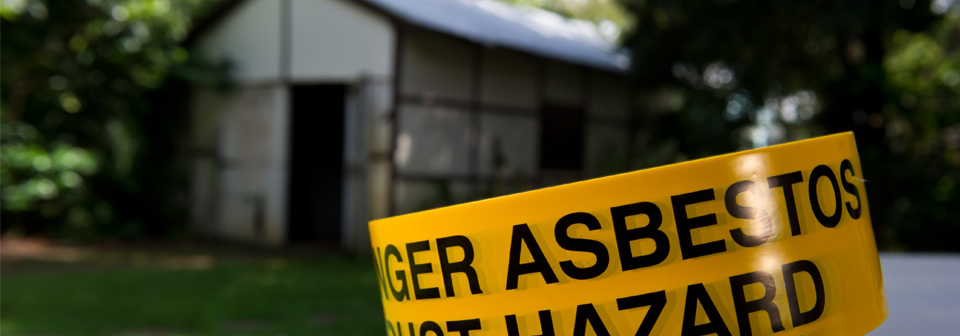In recent years, the awareness surrounding asbestos removal has grown significantly, as people realize the health risks associated with asbestos exposure. When it comes to asbestos removal, two terms that often surface are “Friable” and “Non-Friable” asbestos.
In this comprehensive guide, we will delve into the differences between friable and non-friable asbestos removal, shedding light on the importance of proper asbestos handling and the methods involved.
What is Asbestos?
Before we delve into the removal methods, let’s understand what asbestos is. Asbestos is a naturally occurring mineral that was widely used in various construction materials due to its excellent heat resistance and durability. However, it is now known to be a potent carcinogen, causing serious health issues when its fibres are inhaled or ingested.
The Distinction: Friable vs Non-Friable Asbestos
Friable Asbestos
- Definition: Friable asbestos refers to asbestos-containing materials that can be easily crumbled or reduced to powder by hand pressure.
- Health Hazard: It poses a higher health risk as the asbestos fibres are readily released into the air when disturbed, making inhalation more likely.
- Examples: Insulation materials, acoustic ceiling tiles, and pipe lagging are common sources of friable asbestos.
- Removal Process: Friable asbestos removal demands stringent safety measures, and requires licensed asbestos removal professionals to handle and dispose of the material properly.
Non-Friable Asbestos
- Definition: Non-friable asbestos consists of materials where the asbestos fibres are tightly bound and do not crumble when subjected to hand pressure.
- Health Hazard: While it is less likely to release fibres into the air, non-friable asbestos still poses a health risk if damaged or disturbed.
- Examples: Vinyl floor tiles, roofing shingles, and cement products typically contain non-friable asbestos.
- Removal Process: Removal of non-friable asbestos can often be done by trained professionals following strict safety protocols, but it may not require the same level of containment as friable asbestos removal.
The Asbestos Removal Process
Whether dealing with friable or non-friable asbestos, the removal process must adhere to specific Worksafe Victoria guidelines:
Inspection and Assessment
Before removal, a thorough inspection is conducted to identify the type of asbestos present, its condition, and the appropriate removal method.
Containment and Safety Measures
Both friable and non-friable asbestos require containment to prevent the release of fibres. This involves sealing off the area and using protective equipment.
Removal and Disposal
Professional asbestos removalists carefully remove the material, ensuring minimal fibre release. The asbestos is then safely disposed of in designated facilities.
Why Proper Asbestos Removal Matters
- Health Protection: The primary reason for proper asbestos removal is to protect human health. Asbestos exposure can lead to serious conditions like lung cancer and mesothelioma.
- Environmental Impact: Improper disposal can harm the environment by contaminating soil and water sources with asbestos fibres.
- Legal Compliance: Many countries have strict regulations regarding asbestos removal. Compliance with these laws is essential to avoid legal consequences.
Conclusion
In conclusion, understanding the distinction between friable and non-friable asbestos is crucial when dealing with asbestos removal. Both types pose health risks, but friable asbestos demands even more stringent precautions due to its higher propensity to release fibres.
Proper asbestos removal is not just a matter of compliance; it is a matter of safeguarding lives and the environment.
At Myers Asbestos Removal, we are professionally licensed in type B (non-friable) asbestos removal across Victoria, including Ballarat, Bendigo, Seymour and Shepparton.
FAQs
1. Can I remove asbestos myself?
It is highly discouraged to attempt asbestos removal without proper training and equipment. It is best left to licensed professionals.
2. How much does asbestos removal cost?
The cost varies based on factors like the type of asbestos, location, and amount to be removed. It’s essential to get quotes from reputable asbestos removal companies.
3. Is asbestos removal covered by insurance?
In some cases, insurance may cover asbestos removal, but it depends on your policy and the circumstances.
4. What should I do if I suspect asbestos in my home?
If you suspect asbestos in your home, it’s best to have it inspected by a professional asbestos inspector to determine the extent and type of asbestos present.
5. How can I prevent asbestos exposure during home renovations?
Before starting renovations, have your home inspected for asbestos. If asbestos is present, hire professionals to handle the removal before any work begins.


